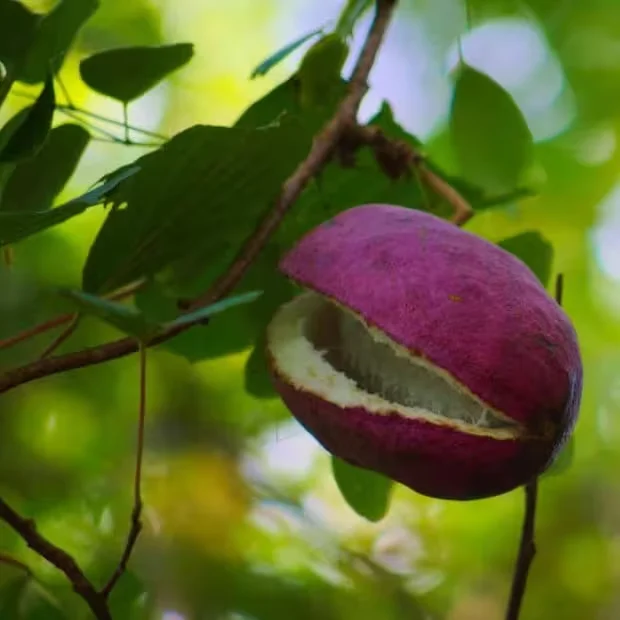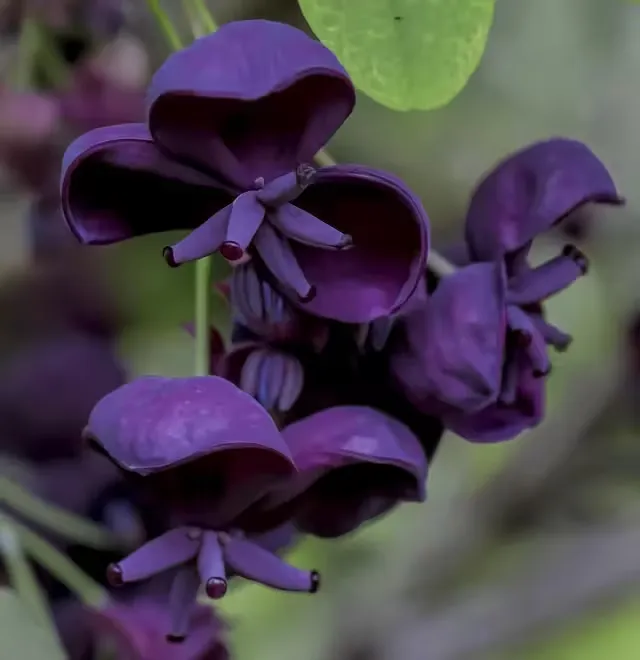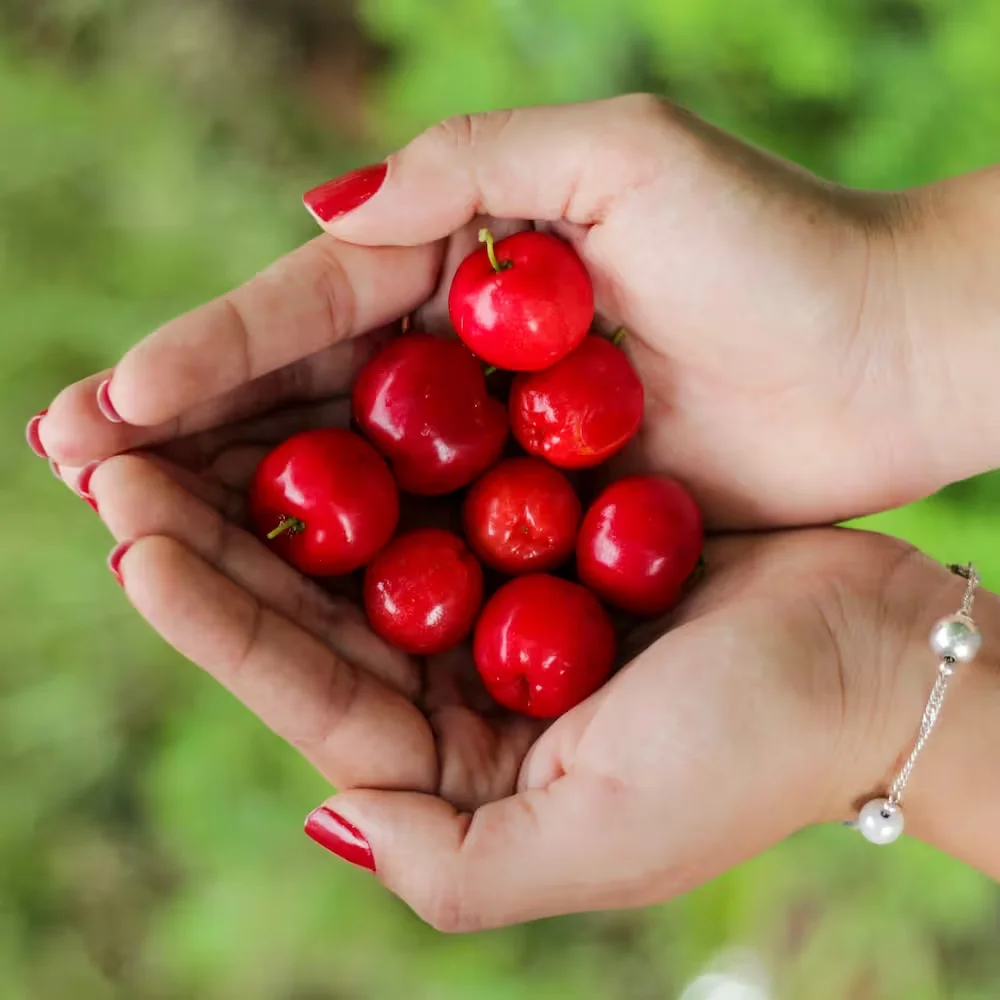Akebia

Akebia is a rare, fragrant tropical fruit with soft, jelly-like pulp and a subtly sweet, floral taste, valued in East Asian cuisine and medicine.
About Akebia
Akebia, often called “chocolate vine fruit,” is an unusual tropical berry native to East Asia. It develops a purplish pod that naturally splits open when ripe, revealing soft, translucent pulp filled with dark seeds. The flavour is mildly sweet with floral notes, while the rind has a mild bitterness and is often cooked as a vegetable. Akebia is prized not only as a seasonal delicacy but also for its long history in herbal uses across Japan, China, and Korea. Its unique appearance and subtle taste make it a fascinating addition to specialty markets and foragers’ baskets.
Gallery


Seasonality
Growing Regions
Categories
Characteristics
Scientific Name
Akebia quinata
Colour
Texture
Calories
54.7 per 100g
Taste Profile
Ripeness Indicators
Ripe Akebia pods naturally split open along one side, revealing soft, translucent pulp and giving off a mildly sweet floral aroma.
Edible Parts
The soft inner pulp is eaten fresh; seeds are usually discarded. The rind is edible when cooked and often used in savoury dishes.
Related Fruits

Abiu
A bright yellow tropical fruit from the Amazon, abiu is prized for its sweet, creamy, jelly-like flesh with a caramel-custard flavor.

Acerola
Acerola is a bright red tropical berry famous for its intense vitamin C content, offering a sweet-tart flavor perfect for juices and supplements.

Ambarella
An ambarella is a tropical fruit with a tangy-sweet taste, rich in vitamin C and often used in juices and preserves.